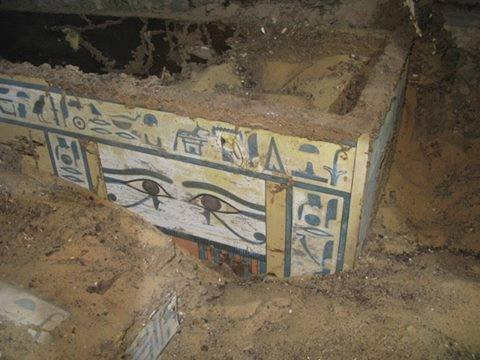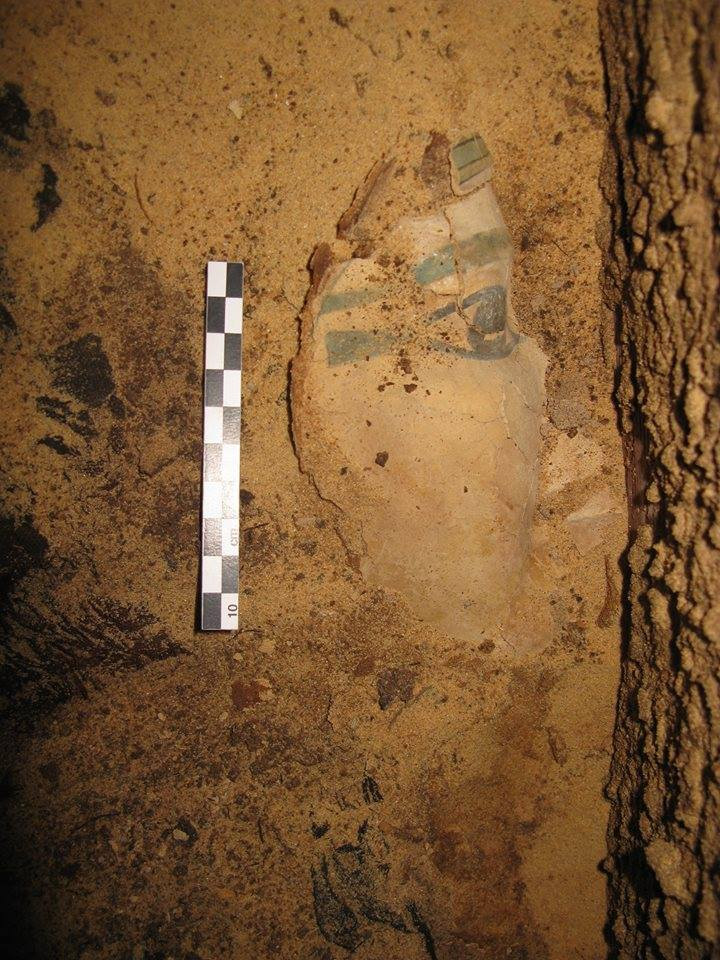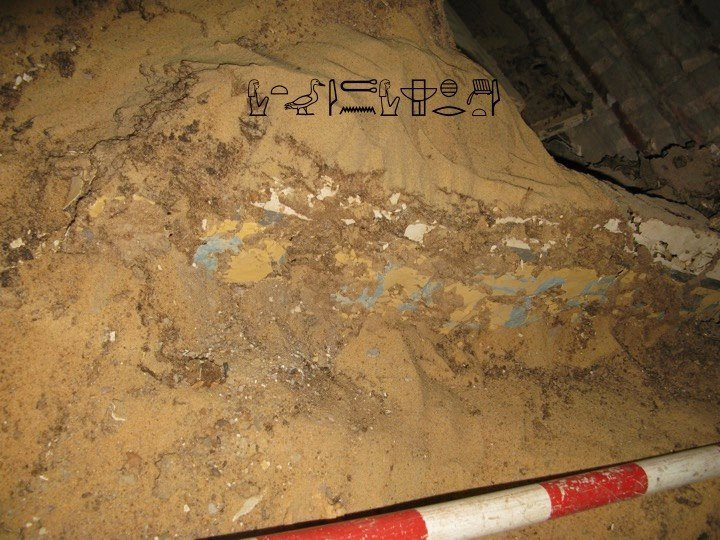Lady Sattjeni: Coffin and remains of 'powerful' ancient Egyptian woman discovered
In Egypt, archaeologists find coffin of powerful Sattjeni lady.

At an ancient site on the bank of Nile River, archaeologists have discovered the remains of a powerful woman who lived around 1800-1775 BCE, Egypt's Ministry of Antiquities has announced.
The so-called Sattjeni lady appears to have been a prominent figure at the time of the twelfth dynasty, during the Middle Kingdom of Egypt. Under the reign of Amenemhat III, she was a member of the local dynasty governing Elephantine - an island on the Nile, which today forms part of the city of Aswan.
Excavation works have been ongoing at the Necropolis of Qubbet el-Hawa, in western Aswan, since 2008. The team of archaeologist from the Spanish University of Jaen, have made a series of discoveries at the site, including remains of several other burials.
However, finding the Sattjeni lady is considered a turning point, because her name featured on ceramics and objects previously recovered by the researchers.
The lady's body had been wrapped in linen and rested in two coffins made of cedar wood. The inner coffin is in a very good state, so Egypt's Ministry of Antiquities hopes future analysis will help determine when the tree was cut to build it.

Local 'nomarch'
Dr. Alejandro Jimémez, who led the exploration, says that the Lady Sattjeni was the daughter of the Sarenput II, a local nomarch – the name used to describe Ancient Egyptian officials responsible for the administration of the provinces. Her two sons Heqaib III and Ameny-Seneb were also two key leaders of Elephantine. After the death of all the male members of her family, the researchers believe Sattjeni went on to be the unique holder of the dynastic rights in the region.
Because of Elephantine's key position at the frontier between the Egyptian and the Nubian world, the role of Sattjeni's family was crucial for the extension of the Middle Kingdom of Egypt.

Interviewed by Spanish newspaper El Mundo, Jimémez said: "Since the beginning of our project in Qubbet el-Hawa, we have focused on a dynasty of local governors who had power in the border zone between Egypt and Nubia. These leaders lived at a time when Egypt was grandiose and powerful. The kingdom conquered part of Nubia, and Aswan and the Elephantine became strategic regions to maintain control. It was crucial that Elephantine's governors got along well with the king because they had the power to allow the army to come back safely from a military campaign, through their territory".
The Sattjeni lady may thus have played a crucial role, along with her relatives, not only in the administration of the kingdom, but also to establish control over Nubia.
© Copyright IBTimes 2025. All rights reserved.






















